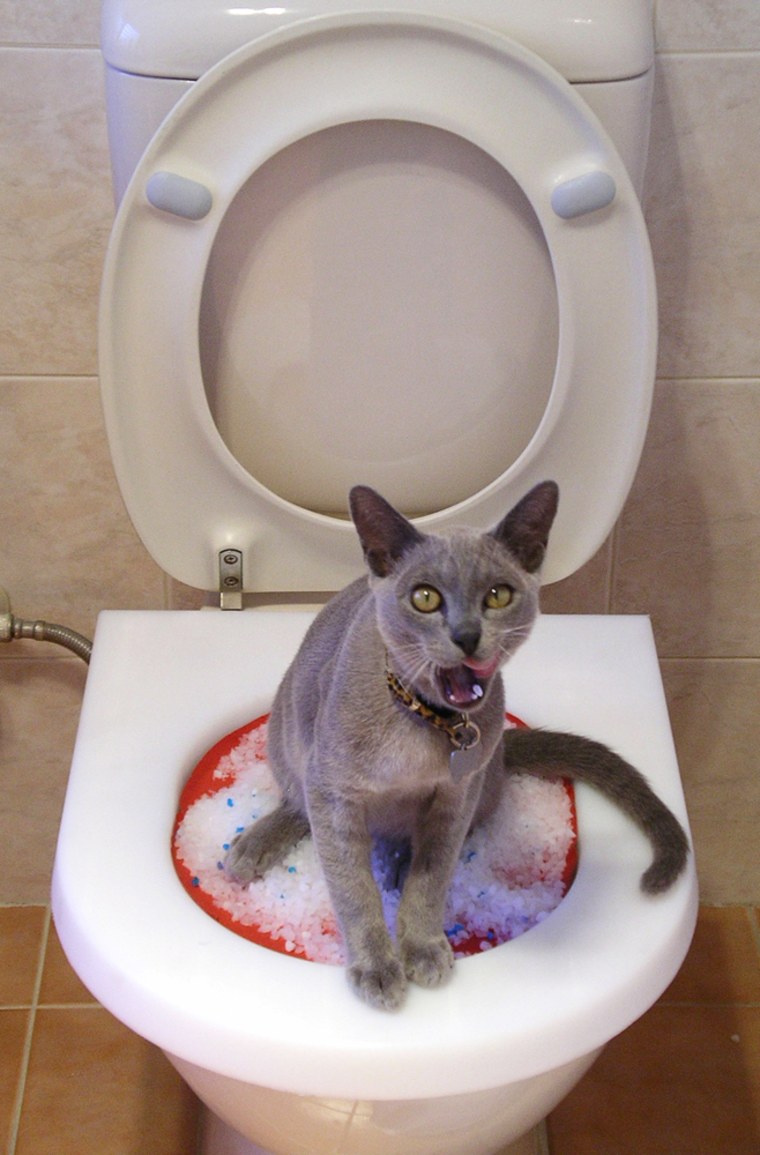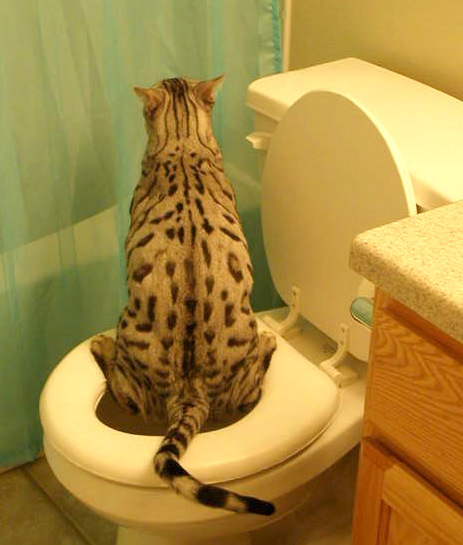Avoid Clogs and Damage: Don't Flush Cat Poop Down Your Toilet - Expert Recommendations
Avoid Clogs and Damage: Don't Flush Cat Poop Down Your Toilet - Expert Recommendations
Blog Article
We have discovered this article relating to Don’t flush cat feces down the toilet down the page on the web and believe it made good sense to talk about it with you on this page.

Intro
As feline proprietors, it's important to be mindful of how we get rid of our feline pals' waste. While it might appear practical to purge cat poop down the bathroom, this method can have harmful consequences for both the setting and human health.
Ecological Impact
Flushing pet cat poop presents damaging microorganisms and bloodsuckers into the water, presenting a substantial threat to aquatic communities. These pollutants can negatively impact aquatic life and compromise water top quality.
Health Risks
Along with ecological problems, flushing pet cat waste can also posture health threats to people. Cat feces might consist of Toxoplasma gondii, a parasite that can cause toxoplasmosis-- a potentially extreme disease, specifically for expecting ladies and individuals with weakened body immune systems.
Alternatives to Flushing
Fortunately, there are safer and a lot more accountable means to throw away cat poop. Take into consideration the following choices:
1. Scoop and Dispose in Trash
The most typical method of getting rid of feline poop is to scoop it into a biodegradable bag and toss it in the garbage. Be sure to make use of a devoted trash inside story and take care of the waste immediately.
2. Usage Biodegradable Litter
Go with biodegradable pet cat clutter made from products such as corn or wheat. These litters are eco-friendly and can be safely taken care of in the trash.
3. Hide in the Yard
If you have a yard, take into consideration burying feline waste in an assigned area away from veggie yards and water sources. Make certain to dig deep adequate to prevent contamination of groundwater.
4. Install a Pet Waste Disposal System
Buy a family pet waste disposal system especially developed for pet cat waste. These systems use enzymes to break down the waste, decreasing odor and environmental effect.
Conclusion
Liable pet dog possession prolongs beyond supplying food and sanctuary-- it additionally includes proper waste management. By refraining from purging feline poop down the commode and going with alternative disposal techniques, we can decrease our environmental footprint and protect human health and wellness.
Why You Should NEVER Flush Cat Poop (and/or Litter) Down Your Toilet
The Problem with Litter
The main function of litter is to solidify and adhere to your cat’s waste. While this makes litter excellent for collecting cat poop and urine, it’s also the exact property that makes it a nightmare when flushed down the toilet.
Cat litter can and will clog pipes. There is non-clumping litter, but it’s still quite heavy and can build up in pipes. This is true even of supposed “flushable litter.”
The problems only compound when the litter is already clumped into cat waste. Toilet paper is among the more flushable things, and even too much of that will clog a toilet.
The Problem with Cat Poop
Sewers and septic systems are designed with human waste in mind. The microbes that help break down human waste don’t work on cat waste. Additionally, cat poop plays host to the parasite Toxoplasma gondii.
When flushed, this parasite can enter the environment in places it was never meant to, posing a risk to pregnant women, their unborn children, and other people with compromised immune systems. While it might not seem possible, flushing cat poop can indeed introduce this parasite to the public water supply.
These reasons are why, even if you’ve trained your cat to go on the toilet and flush, which is possible, it’s still not a good idea. Also, pregnant women and the immunocompromised shouldn’t change litter, either.
How to Handle Litter
The best way to handle litter is to simply put it in a plastic bag and place it in the trash. Avoiding environmental risks and possible plumbing damage is worth the extra effort.
You can also invest in devices that seal away your cat’s waste in a separate compartment, so you don’t have to change the litter nearly as often. They’re also safer for pet owners because they limit the possibility of Toxoplasma gondii exposure.
Disposing of litter the old-fashioned way will ensure you won’t have to worry about any issues that flushing the waste can potentially cause.
Take Care of Clogged Pipes with Stephens Plumbing, Heating & Air Conditioning
The reasons you should never flush cat poop down your toilet are numerous, but sometimes the inevitable happens despite your best efforts.
Stephens Plumbing, Heating & Air Conditioning is ready to help if you’re experiencing litter-blocked plumbing. Whether you need us in an emergency or want to schedule regular maintenance, we’re here for you.
https://www.stephensplumbing.net/bathroom-plumbing/never-flush-cat-poop-down-your-toilet/

Do you appreciate reading about How to Dispose of Cat Poop and Litter Without Plastic Bags? Try leaving a remark down below. We'd be pleased to hear your reactions about this piece. We hope that you come back again later on. I beg you set aside a second to share this blog entry if you enjoyed it. We truly appreciate reading our article about Can You Flush Cat Poo or Litter Down the Toilet?.
View More Report this page